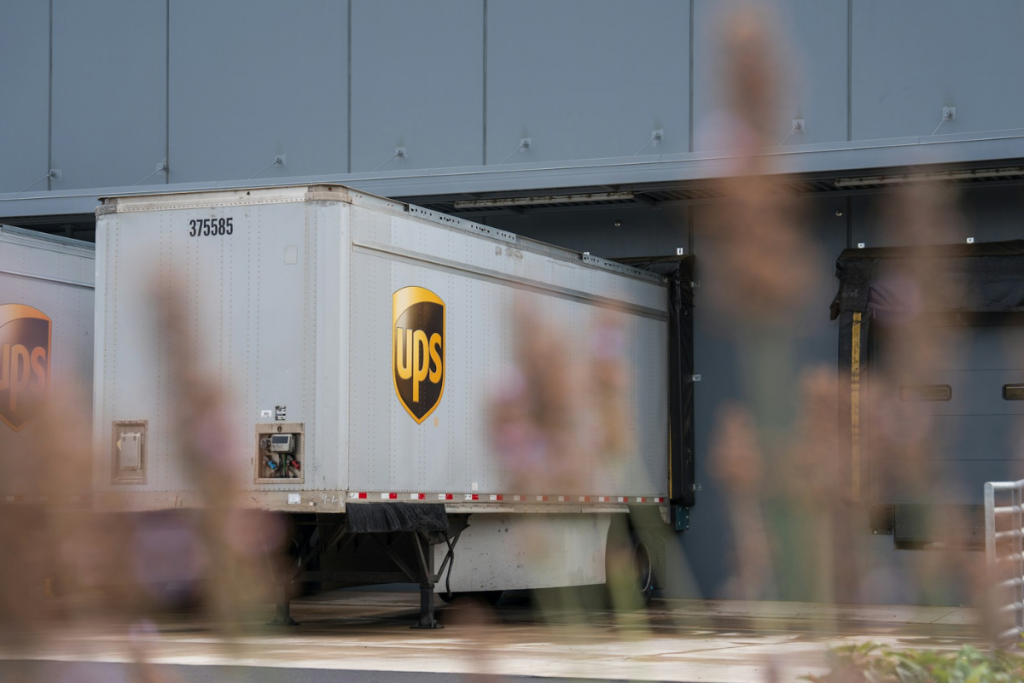The U.S. Postal Service slashed air cargo spending by 43% year over year in Q1 FY2025 after awarding UPS 85% of its mail volume under a new $10 billion contract. The deal brings lower rates, expanded capacity, and stricter service requirements, but has also exposed operational risks.
UPS Contract Brings Cost Relief and Operational Flexibility
The U.S. Postal Service’s shift from FedEx to UPS as its primary air cargo partner is delivering immediate cost and service benefits, according to a June report from the USPS Office of Inspector General. The new contract, valued at an estimated $10 billion, took effect in October 2024 and led to a 43% year-over-year drop in air transportation spending during the first quarter of fiscal 2025.
Unlike its prior agreement with FedEx, the UPS deal allows USPS to commit less volume while gaining more planned capacity and stricter on-time delivery requirements. UPS’ decentralized network, which leverages regional air gateways in addition to its primary hub, has helped enable point-to-point movement without the same constraints.
In Q1, USPS assigned 85% of its air cargo volume to UPS and just 4% to FedEx, which continues to handle items requiring specialized treatment, including hazardous materials, perishables, and live animals. The agency also reported a 7% year-over-year decline in overall pounds moved by air, reflecting its broader push toward lower-cost ground transport.
Misrouted HAZMAT Shipments Reveal Transition Gaps
The cost savings and efficiency gains have not come without challenges. The Inspector General found that 84 hazardous materials shipments were incorrectly routed through UPS, despite USPS policies requiring such cargo to be handled by FedEx. These packages represented a small fraction, roughly 0.3%, of all HAZMAT shipments but posed material security risks, particularly in a regulated mail system.
In response, USPS has installed upgraded detection software on sorting machines to better flag HAZMAT indicators and has conducted additional training to reinforce acceptance procedures across its workforce. While the issues appear contained, the report suggests further controls may be necessary to ensure compliance amid broader changes to USPS’ air transport model.
Where Cost Efficiency Meets Regulatory Exposure
As USPS continues optimizing its transportation model, the blurred line between operational streamlining and regulatory liability is becoming harder to ignore. The cost savings from consolidating carrier networks are real, but so are the compliance risks that emerge when specialized handling gets folded into general operations. For public agencies and private sector logistics teams alike, the USPS case reflects a critical lesson: efficiency gains must be measured not just in dollars saved, but in the resilience and accuracy of systems built to handle exception flows. The more tightly integrated the network, the higher the stakes for even small lapses.





